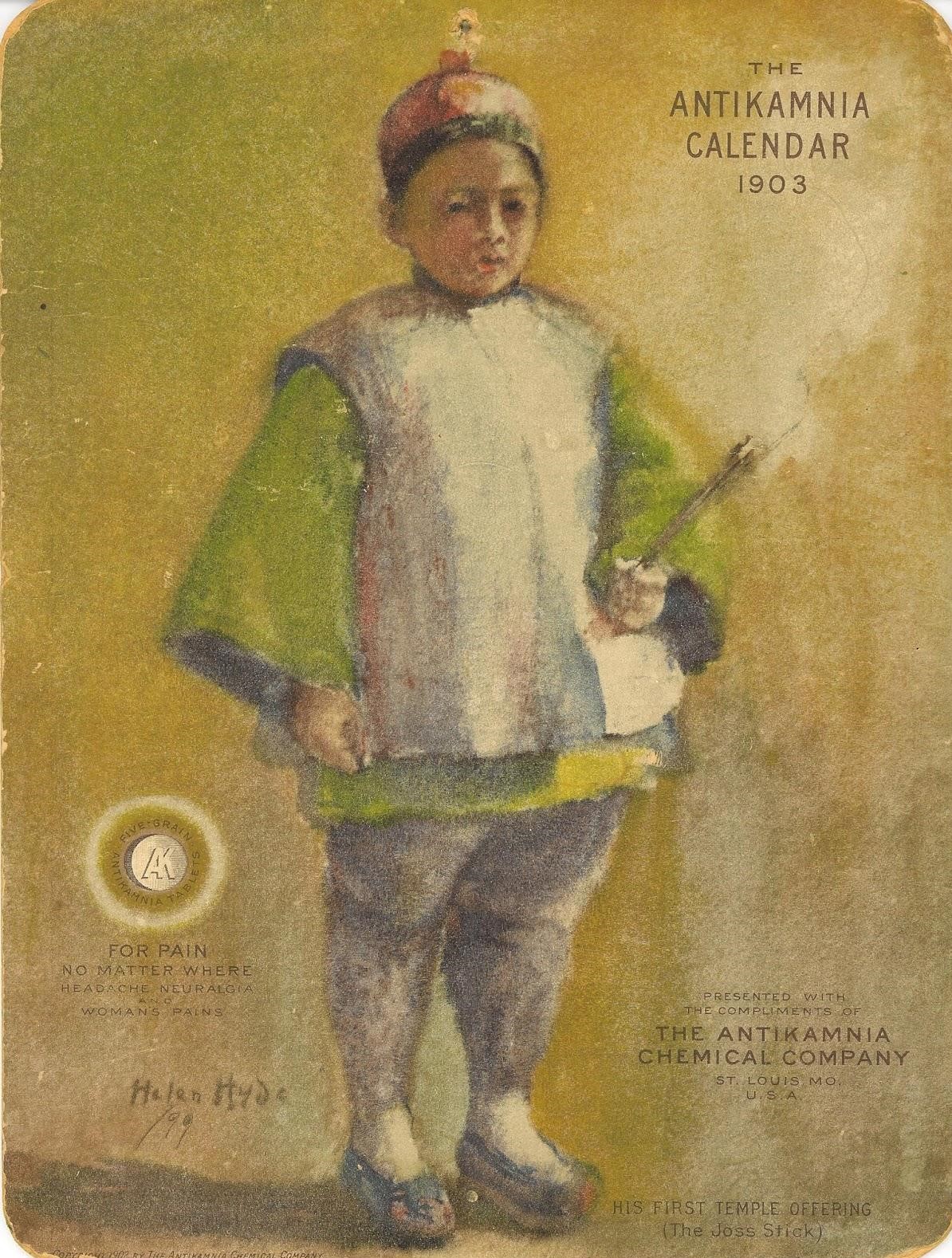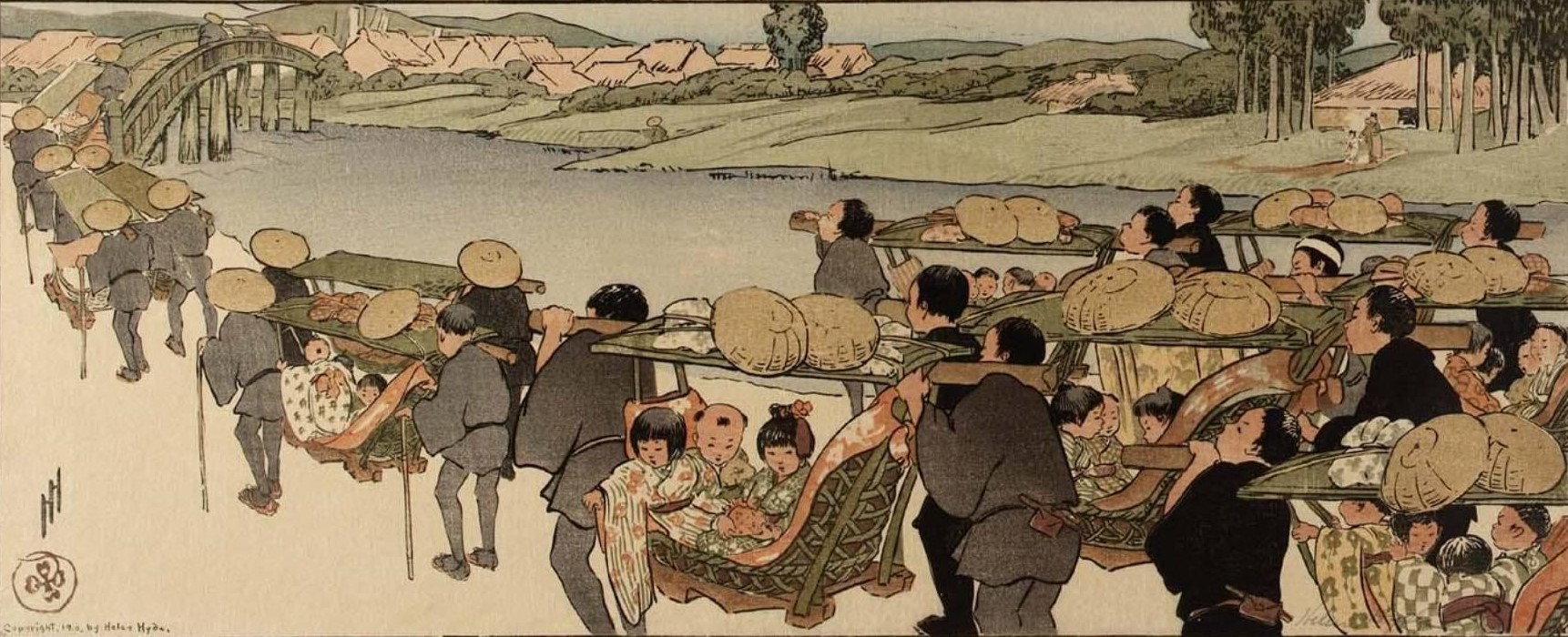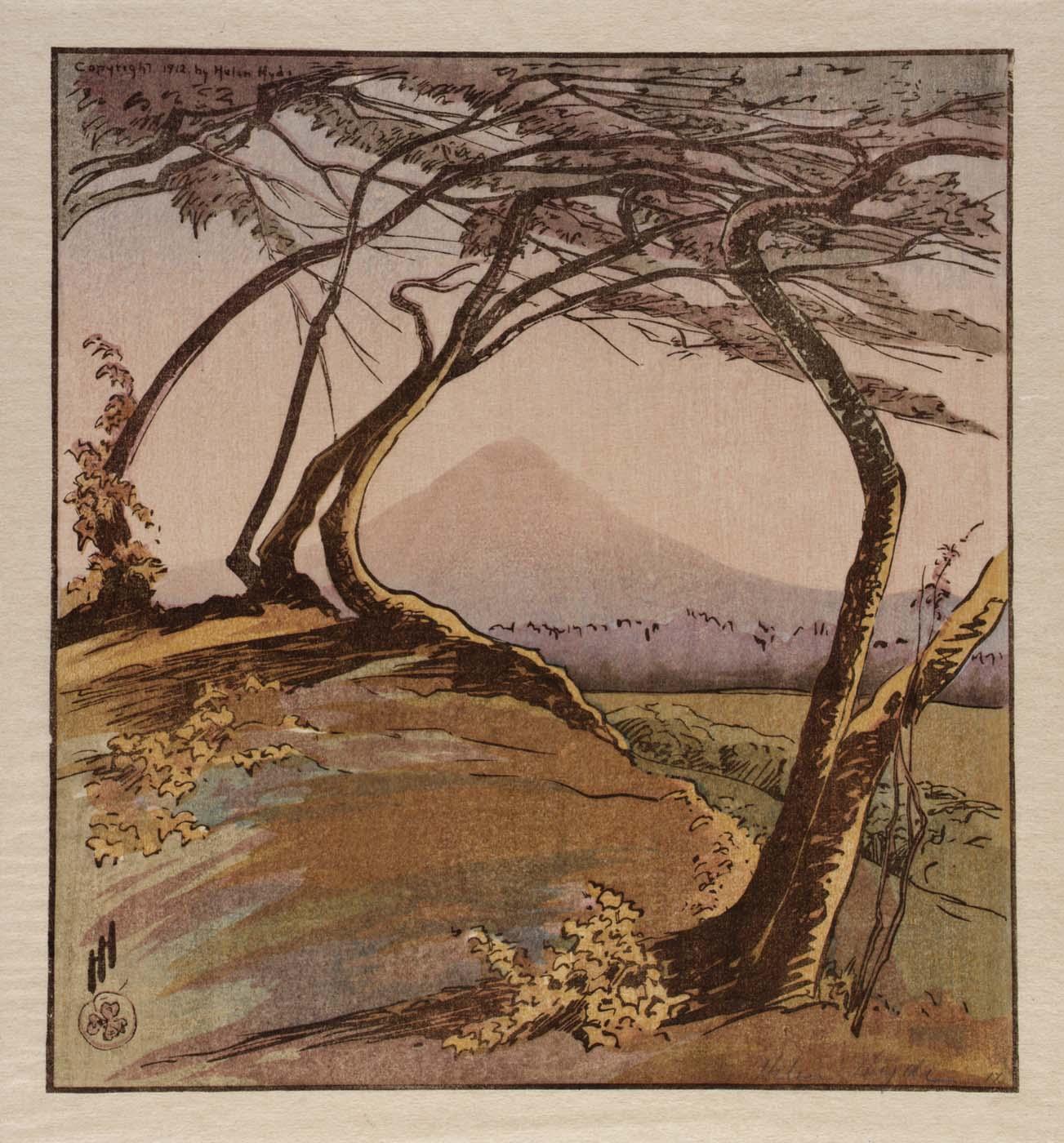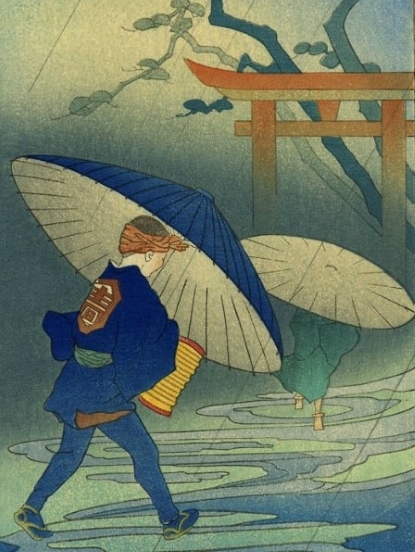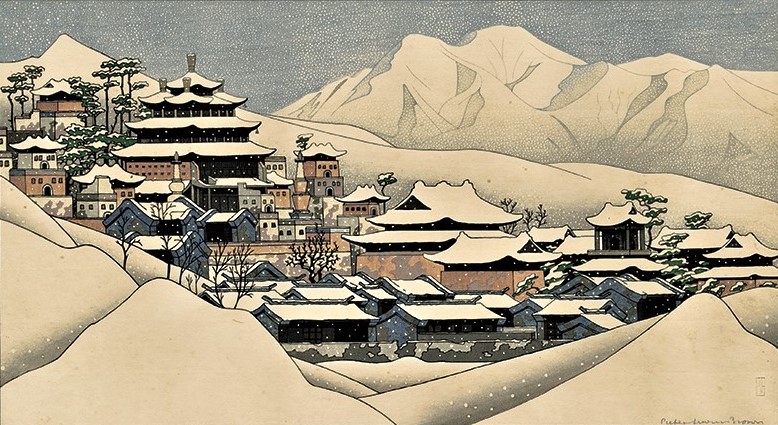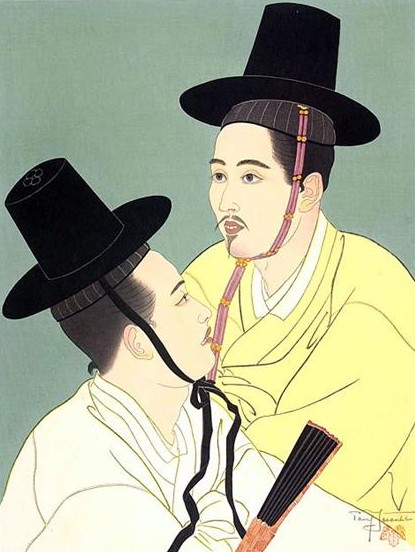HELEN HYDE (1868-1919)
Helen Hyde has a special place in the Far Eastern school : she was the pioneer of the installation in Japan, the one who made the choice of the local technique of woodcut and also the first “feminist” of the movement.
Born in 1868 in New York, she benefited from the qualities of a nice family which was at the same time warm (she formed an inseparable trio with her two sisters Mabel and Hallie), comfortable since the gold rush and the conquest of the West in which grandparents took part in the middle of the century, and aware of the importance of an artistic education to be given to girls. Helen was therefore advised in 1880 by two painters of Danish origin, Ferdinand Richardt, then Emil Carlsen. After the death of her father in 1882, her paternal aunt - Augusta Bixler - became the financial pillar of the family and this allowed her to take classes at The old San Francisco School of design and then in New York at The Art Student League before taking the fundamental decision in 1890 to leave to complete his training in Europe.
Accompanied by her sister Mabel who devoted herself to music, she first lived in Berlin for a year where she followed the lessons of Franz Skarbina and discovered the Netherlands and England. But Paris was the ultimate goal of the artists of the time and she spent the next three years there. His main masters were Raphaël Collin and Félix Regamey, both champions of Japonism then in full vogue. Her meeting with the American artist Mary Cassatt was also decisive, in two respects : the latter, already haloed by her companionship with the Impressionist group, then had discovered the works of Utamaro and Toyokuni and had fallen under the influence of the aesthetics of Japanese prints, using drypoint and aquatint. In addition, Mary Cassatt's main theme was portraits of women and children. Japonism and femininity had been also the two axes of Helen Hyde's work, engraving becoming her main mode of expression.
When she returned to the United States in 1894, she explored these paths, taking as models the children of Chinatown in San Francisco who fascinated many American artists of the time. She joined the San Francisco Sketch Club, created in 1887, which brought together feminist artists from the city. She played an active role there and her engravings achieved initial success with the support, which was to last, of two famous art dealers, William Vickery and, in New York, William Macbeth. She also had the opportunity to illustrate several books.
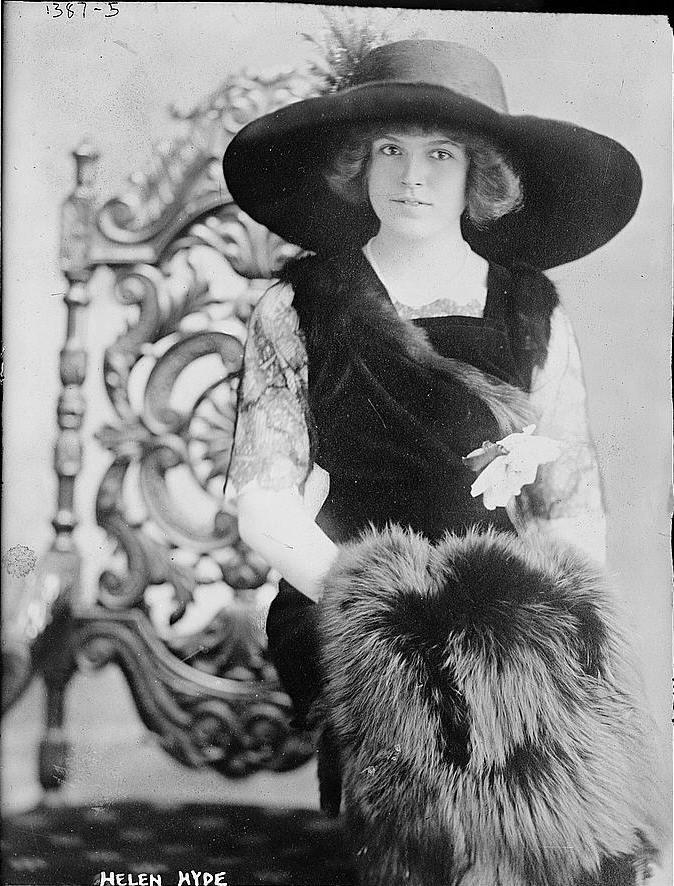
As a mark of the exceptional personality of Helen Hyde and her attraction to Asia, she decided in 1899 to go to Japan. She spent most of her life there. She obtained at her beginnings the help of an Austrian artist, Emil Orlik, also a pioneer of Far Orientalism and who introduced her to the local techniques of wood engraving. Quite quickly, she realized that mastering all the stages of making such prints was too cumbersome and she surrounded herself with the best local specialists in the engraving and printing techniques, in particular Kano Tomonobu and Shohiro Murata. She lived in the Japanese way, traveled to India and several times to China, spent a year in Mexico, returned at regular intervals to the United States to maintain her contacts with the most prestigious galleries, and acquired a good notoriety which assured her a comfortable financial independence.
Suffering from cancer, she was forced to return to the United States in 1915, where she died in Pasadena in May 1919. A month later a retrospective of 140 of her works was held in San Francisco.

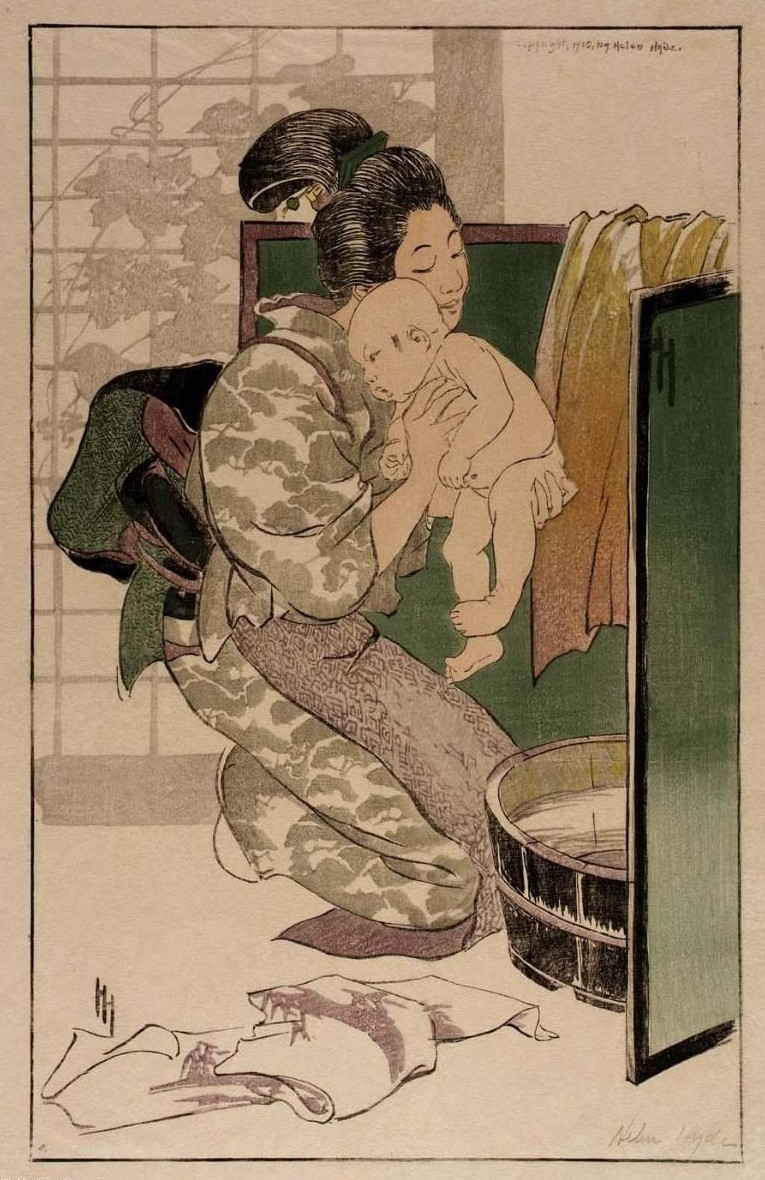

Apart from the periods of Chinatown and Mexico and a few rare evocations of China and India, the only source of inspiration for Helen Hyde was Japan. Moreover, she has been the first to master the local techniques of wood engraving and to be aware of the need to integrate into a process of creation shared with local engravers and printers. She thus invented the approach that would be followed by the leaders of the movement, such as Elizabeth Keith, Charles Bartlett and Paul Jacoulet. Her almost unique subjects are also the portraits of women and of children (it is the name she gave to her engravings). Her works are the fruit of great sensitivity and assured femininity.
Helen Hyde, raised in a very feminine environment, always remained close to her sisters, never married and never had children. His many and faithful friendships have been with female artists. She had forged real independence for herself by choosing to live abroad, in a world totally different from her own, and by building her financial autonomy. The success of her many portraits is however partly her only weakness: the search for success led her to favor "commercial" subjects and we can regret this when seeing the few works where she escaped to paint scenes or beautiful landscapes.
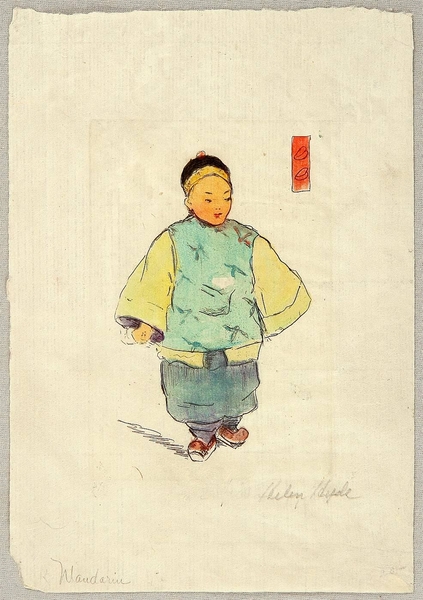
Bibliography :
- Helen Hyde, by Tim Masson and Lynn Mason, Smithsonian Institution Press, Washington, 1991
- Helen Hyde and her “children”, by Shiloh MacMurtrey, Arizona state university, 2006
- Helen Hyde and her work, an appreciation, by Bertha E. Jaques, Libby Press, Chicago, 1922
- Moon Babies, by G.Orr Clark, with 41 illustrations by Helen Hyde, R.H. Russell, New York, 1900
- Jingles from Japan, by Mabel Hyde, with 43 relief prints by Helen Hyde, A.M. Robertson, San Francisco, 1902
The collection
